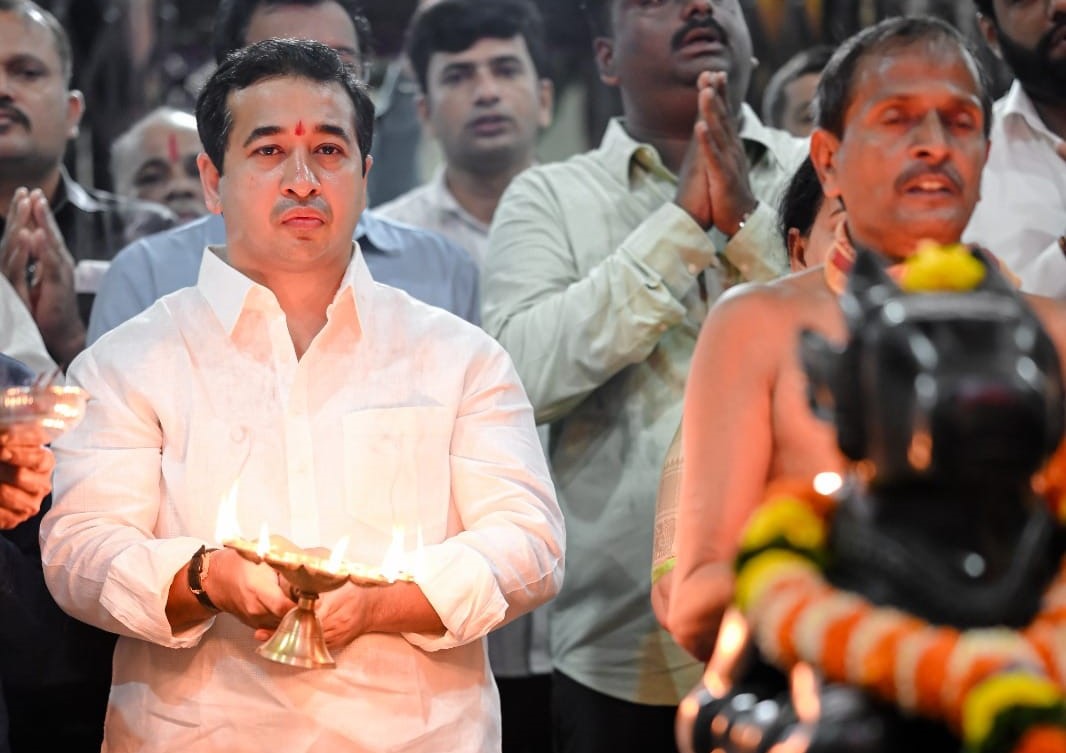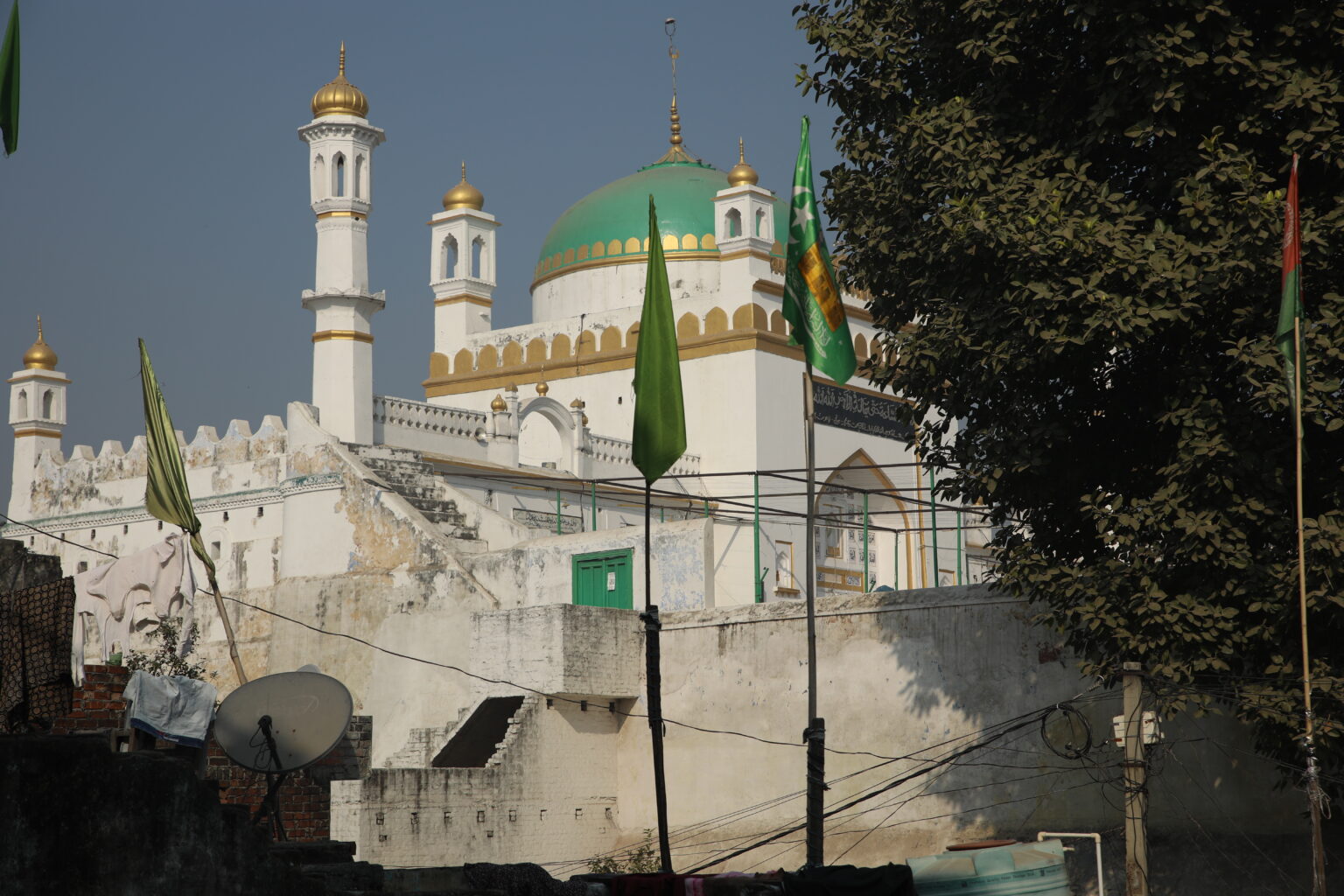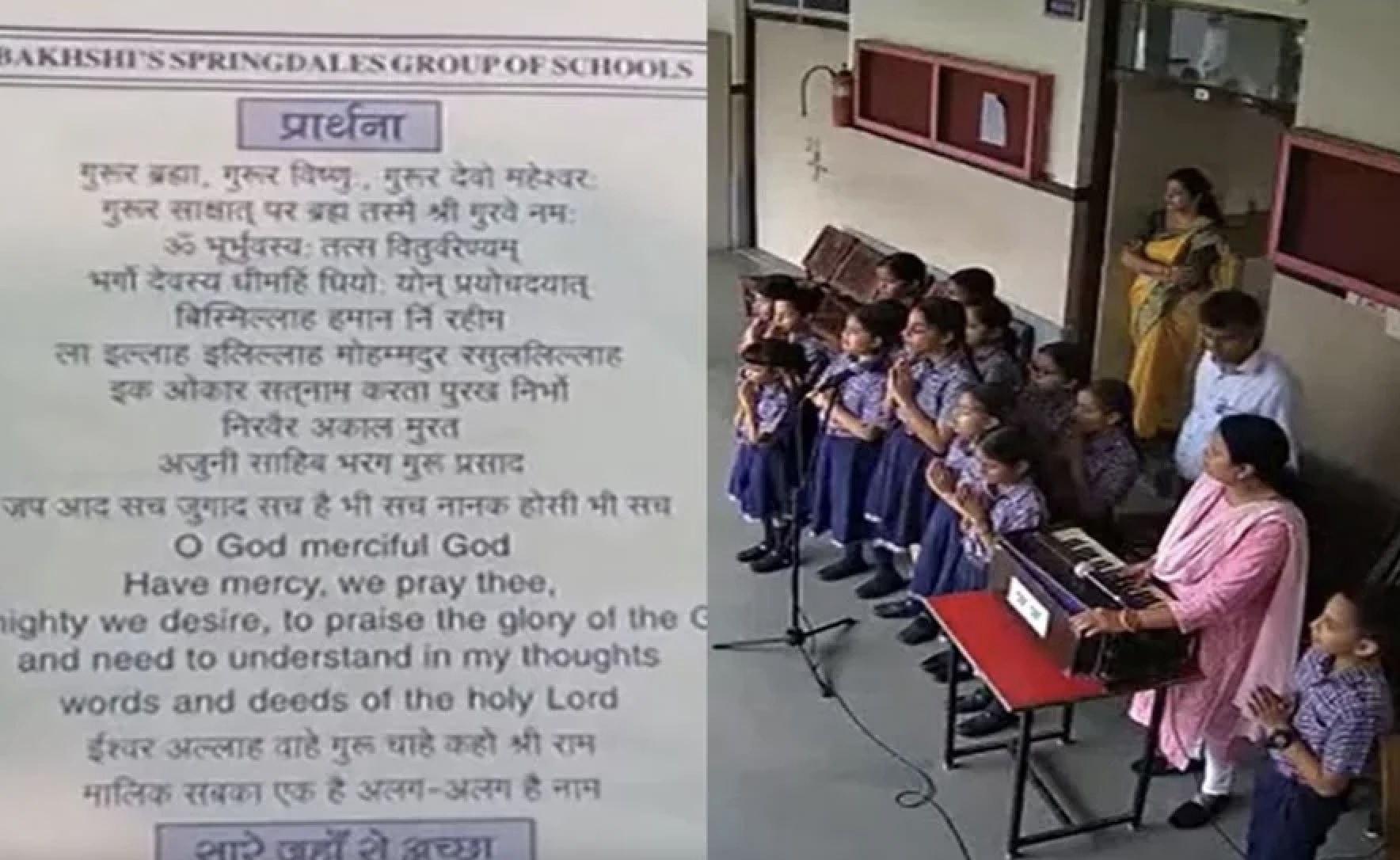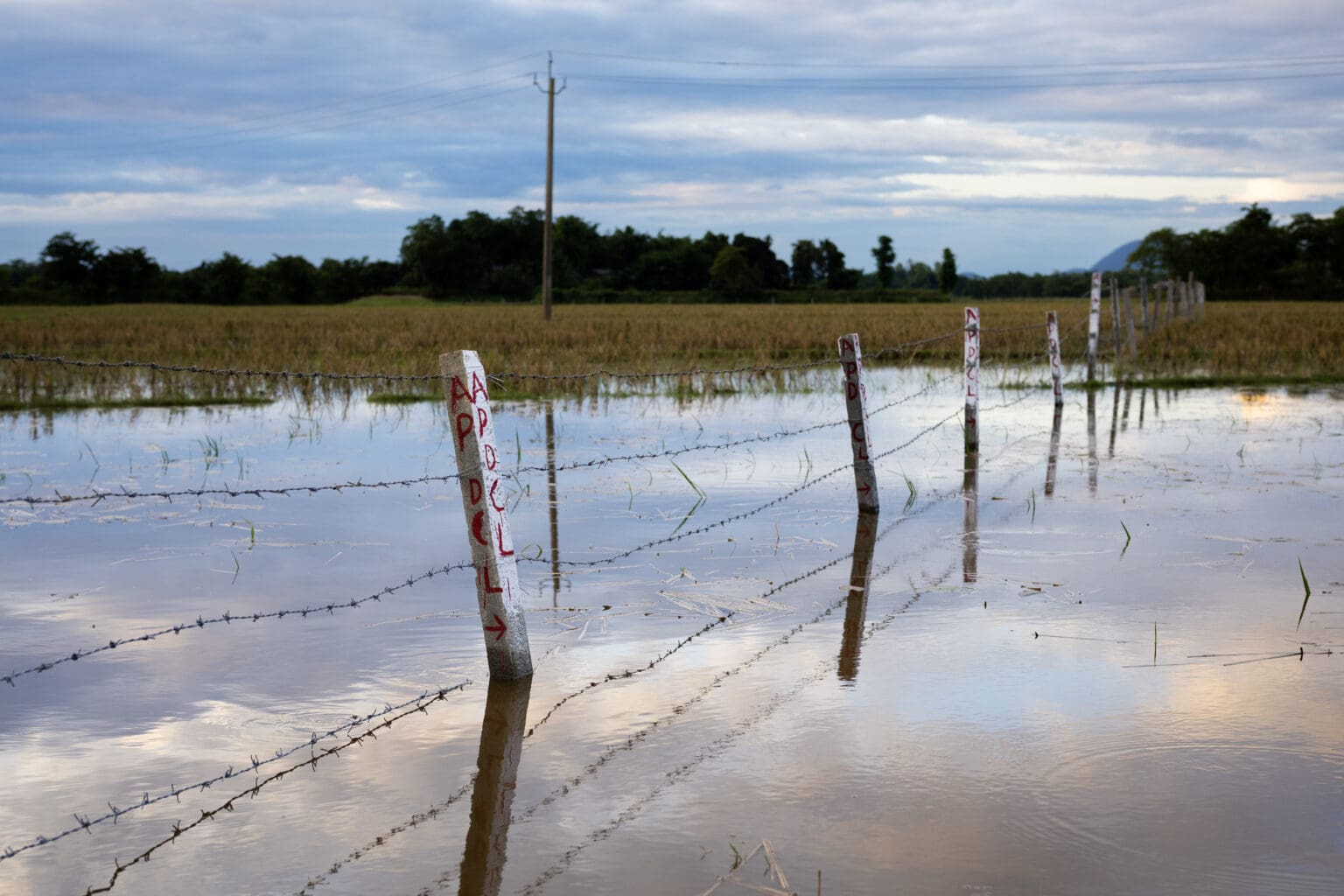Your Chowkidar is standing firm & serving the nation.
But, I am not alone.
Everyone who is fighting corruption, dirt, social evils is a Chowkidar.
Everyone working hard for the progress of India is a Chowkidar.
Today, every Indian is saying-#MainBhiChowkidar
— Chowkidar Narendra Modi (@narendramodi) March 16, 2019
By Sujatha Subramanian
Indian Prime Minister Narendra Modi announced the launch of BJP’s “Main Bhi Chowkidar” (I too am a watchman) campaign for the 2019 Lok Sabha elections on his Twitter handle on 16 March 2019. Accompanying his tweet was a 3.45-minute video, featuring people singing “Main bhi chowkidar hoon,” interspersed with visuals of glass buildings, trains, rockets, concluding with visuals of soldiers and of the Prime Minister himself riding a tank. The campaign is yet another instance of social media assuming central importance in rallies and campaigns of Indian political parties. What is significant about this and other campaigns of the Bharatiya Janata Party (BJP) is the repeated invocation of masculine ideals as part of their social media use.
Anand argues that an “anxious masculinity” lies at the heart of right-wing Hindu or Hindutva nationalism. Within such a construction of masculinity, espoused by organisations such as the Rashtriya Swayamsevak Sangh (RSS), the bodies of Hindu boys and men are to be strengthened through exercise and discipline, and deployed in the service of the Hindu nation. Central to Hindutva masculinity are stereotypes of a “virile” and “dangerous” Muslim masculinity that threatens the identity of the Hindu male (2007). In this essay, I will focus on the construction of a Hindutva masculinity by looking at different instances of political campaigns that have been publicised on the official Twitter account of the BJP (@BJP4India) and those of BJP leaders, including the official Twitter account of Narendra Modi (@narendramodi).
I borrow from Anand’s idea of Hindutva masculinity (2007) but argue that looking at social media discourses allows for a broader understanding of Hindutva masculinity. Within the social media discourses, Hindutva masculinity incorporates ideas of technological progress, military might, and physical strength—especially the strength of the “manly” and capable leader, Modi—all deployed in the service of the protection and progress of the nation. While discourses of Hindutva masculinity circulate at many sites, my focus in this article is on the Twitter accounts of the current Prime Minister and his party. As Anand writes, “The ingredient of anxious masculinity acquires lethality when combined with the complicity of an institution that remains central to (inter/sub)national politics—the state” (2007:257).
Locating Hindutva Masculinity
There have been a number of studies in the Indian context, looking at constructions of masculinities in diverse locations such as the military, urban spaces, sports and popular culture (McDonald 2003, Alter 2004, Murty 2009, Jain 2001, Srivastava 2010). There have also been analyses looking at how gender operates within political movements and discourses (Srivastava 2015; Hansen 1996), including studies of right-wing women’s groups such as the Durga Vahini and Rashtra Sevika Samiti (Sarkar 1991; Bacchetta 2004; Bedi 2006; Menon 2010). Banerjee argues that ideas of Hindutva masculinity must be traced back to the colonial encounter between Britain and India (2005). Imperial powers configured an idea of hegemonic masculinity by constructing the colonised as effeminate, and in response, the colonised people resisted this effeminisation by creating their own ideas of hegemonic masculinity (Banerjee 2007). The construction of this hegemonic masculinity also requires the construction of the “other” for its coherence. In post-independence India, the other of hegemonic Hindutva masculinity is not just gendered, but also communal, involving the valorisation of the Hindu male against the demonisation of the Muslim other.
The BJP’s ideas of masculinity also need to be understood within this context. Despite the large-scale violence against Muslims in Gujarat in 2002 when Narendra Modi was the chief minister, the narrative of the patriotic Hindu and the violent Muslim has remained intact through the construction of the riots as retribution against the violence perpetrated by Muslims (Varadarajan 2002).
However, the overtly communal and violent othering of Muslims alone cannot account for the popular support for right-wing parties or Narendra Modi. Discourses of Hindutva masculinity also circulate through ideas of strength, progress, and development, with social media being a significant space for the transmission and circulation of these ideas. A look at the use of social media by the BJP reveals that ideas of masculinity and nationalism that circulate within the Hindutva discourse are no less violent, even as they operate in covert and insidious ways.
Techno-masculinity and Hindutva Nationalism
Technological progress has been a constant in Modi’s vision for the Indian state, with the Indian media diligently broadcasting his views on a number of subjects, such as the importance of science and technology in international political relations, the importance of technology in fighting corruption within the country, or the possibility of using science and technology to find indigenous solutions to the country’s problems (Indian Express 2016; Kumar 2016). The use of technology was also central to Modi’s own election campaign in 2014 and during his tenure as Prime Minister. Examples of this are his use of hologram technology to speak at rallies during his election campaign and his use of the specially designed mobile application using which Indian citizens can access his biography and his day-to-day activities (Nelson 2014; Singh 2015). Modi’s use of social media (Twitter, in particular) to encourage young voters to participate in the elections has also been read as a matter of “national interest” (Michigan News 2019). On 27 March 2019, after the testing of the Anti-Satellite (ASAT) Missile as part of Mission Shakti, the BJP India account’s tweet read, “India is only the fourth country to acquire such a specialised and modern capability. The entire effort is indigenous.”
India joins the elite space power club by successfully testing the completely indigenous Anti-Satellite (A-SAT) missile.
• Under #MissionShakti, A-SAT missile destroyed a LEO satellite 300 kms away within 3 minutes.
• India is only the 4th country to acquire such capability. pic.twitter.com/tXCGP68gjp
— BJP (@BJP4India) March 27, 2019
Such a narrative of technology as explicitly being indigenous evokes the idea of challenging Western technological hegemony; technological progress here “uncouples the previously tightly-bound linkage of economic power with the Global North” (Poster 2013:115), and thus becomes a matter of national pride.
The scientific and technological progress made by India, as embodied in the figure of Modi, becomes a means by which the emasculation of the Indian male by the European colonisers is challenged. The superiority of indigenous technology allows the Indian male to not just challenge the effeminacy attributed to him by his erstwhile colonial rulers but also establish his presence in the global economy (Poster 2013).
IT (Indian Talent) + IT (Information Technology) = IT (India Tomorrow)! Sharing video of my speech at #BigTentIndia http://t.co/w0ZJX1nTgM
— Chowkidar Narendra Modi (@narendramodi) March 21, 2013
The vision of a future where “Indian talent” and information technology are at the centre, is able to allay the anxieties associated with the shift from an industrial to an informational society, where a number of jobs are associated with technology and performed by men. According to Poster, “ICT represents a location where pre-existing or expected patterns of masculine power are unhinged, challenged and rearranged” (2013:113). The promotion of technology on Modi’s Twitter account thus captures the aspirations of a neo-liberal India in a transnational labour market.
#MainBhiChowkidar: Protecting the Nation against External Aggressors and Internal Dissenters
Indeed, a proud moment for the whole nation.
Just like you smash the bad deliveries out of the park, our scientists have given India the capability to smash those forces who threaten our peace and harmony. #MissionShakti https://t.co/U4mpQiH9Fn
— Chowkidar Narendra Modi (@narendramodi) March 27, 2019
Like the #MainBhiChowkidar campaign, the publicity of the ASAT missile testing on Twitter suggests that the Indian nation is faced with a constant threat of aggressors and thus needs vigilance and protection. The protection required for the “peace and harmony” of the nation is not just militarised, but also masculinised, as seen in the figure of the chowkidar (watchman). In these discourses, there is an attempt to redefine masculinity; masculinity embodied in the figure of the protector is not only aggressive and dominating, but virtuous and nation-loving (Young 2003). Within the understanding of protection, as embodied by a chowkidar, a strong, virtuous man is one who keeps a watch over his house and is willing to risk himself in order to protect the subordinate members of the house from the dangers that lurk outside it. Within the many campaigns of the BJP on Twitter, Modi is constructed as the ideal leader of the Hindu nation the chowkidar who is committed to protecting it.
The hashtag #ModiHaiToMumkinHai, used in the aftermath of the Balakot air strikes and the ASAT launch, projects Modi as being the only person who can ward off the threats to the nation, contributing to his image as a strong leader and a protector of the citizens. Discussions of Narendra Modi’s body and physical strength have been central in the narratives of him as an able leader. For instance, his 56-inch chest was frequently invoked both in the mainstream media and in his own election campaign.
Line of Control पर देखा ’56 इंच के सीने का कमाल’… और ये तो बस शुरुआत है। 1/2 #ModiPunishesPak
— Chowkidar Kailash Vijayvargiya (@KailashOnline) September 29, 2016
The association between Modi, military and masculine strength is also seen in the hashtag #ModiPunishesPak, used extensively on Twitter in the aftermath of the Uri and Pulwama strikes, constructing Modi as single-handedly “punishing” Pakistan, a nation that has come to represent Islamic aggression within the Hindutva discourse. Visuals of Modi in military uniform, such as the one in the Main Bhi Chowkidar video, thus reinforce his patriotism but also his embodiment as the Hindutva male ideal. This discourse of protection not only designates Modi as the ideal male protector or the chowkidar, but also defines who is to be protected. Significant in this regard is the “Beti Bachao Beti Padhao” campaign, launched by Modi in January 2015, which asks for the education of girls along with their protection, rather than asking for their empowerment. The girl here is defined as a subordinate member of the household, as a daughter who needs to be protected. The use of social media and digital technology were central to these calls for the protection of the girl, exemplified in the #SelfieWithDaughter campaign.
However, there is a need to investigate these seemingly-virtuous constructions of masculinity. Young (2003) argues that when the state assumes the role of the protector of its citizens, it not only decides what constitutes a danger or threat to security, but also the best ways of addressing these threats. Young cautions that such mobilisations of fear and discourses of a male protector need to be interrogated since it requires that the “subordinate,” such as women and children, give up their decision-making autonomy in return for protection.
What happens when the “subordinate” members question the male protector and his acts of protection? Members who question the technologised, militarised and masculinised vision of the nation need to be given an “apt answer.”
It’s about time to give an apt answer to people who are insulting the capabilities of our scientists and the armed forces: PM Shri @narendramodi #ModiSpeaksToBharat pic.twitter.com/3tJuuLp1OK
— BJP (@BJP4India) March 29, 2019
The suppression and silencing of dissent by the BJP, suggested by the phrase “apt answer” has extended to both online and offline spaces. Instances of organised violence against those questioning the actions and policies of the BJP have been well documented (Chaturvedi 2016, Udupa 2015). Using the term “Internet Hindus” to refer to proponents of Hindu right-wing/ Hindutva ideology in online spaces, Sriram Mohan (2015: 341) states that such users “tend to be fervent supporters of the Bharatiya Janata Party (BJP), its prime ministerial candidate Narendra Modi, and the Hindutva ideology championed by the Sangh Parivar, from which the BJP is said to draw its ideological core and much of its cadre base.” Interestingly, Mohan (2015) points out that many Internet Hindus are non-resident Indian (NRI) high-tech workers, the very community that Modi has celebrated as the future of India in the tweet discussed above.
Women who use social media to criticise a Hindutva construction of the state—either through an expression of their secular, feminist or leftist beliefs, or a critique of Narendra Modi (Mohan 2015), or their denouncement of violence by Hindu right-wing groups—face particularly virulent attacks from proponents of Hindutva online. The violence against women on social media perpetrated by proponents of Hindutva extends to rape and murder threats, stalking, and non-consensual posting of nude photos. Such gendered and sexualised forms of violence directed at women often result in them closing their social media accounts and choosing to not participate in online spaces (Pandey nd). In their social media use, proponents of Hindutva display not just an intolerance of the critiques made towards their leader, Narendra Modi, but also a desire to maintain the status quo of gender relations as dictated within their ideology. The presence of women in online spaces and their participation in political debates is seen as a challenge to the status quo, since within the Hindutva ideology women are expected to identify with the private sphere of the home, with their roles being limited to those of mother, wife and daughter. This anxiety then takes the form of policing the presence of women in the public sphere and threatening them with violence.
The process of othering within Hindutva masculinity, as discussed earlier, is not only gendered but also communal. According to Mohan (2015:341), “Internet Hindus” include individuals with a range of beliefs, including, but not limited to: Hindu supremacists, those espousing anti-Muslim, anti-Christian views, to those referring to themselves “as ‘patriots’ or ‘proud Indians’ supporting military action against Pakistan to reclaim Kashmir.” Mohan (2015:342) gives an instance of a Facebook group, also called “Internet Hindus”, sharing memes, posts and videos in support of Modi, and “punctuated by memes ridiculing Congress Party leader Rahul Gandhi and posts calling for the protection of cows, the banning of burqas for “security” reasons, and the conversion of Muslim women into Hindus through marriage.” The presence of Internet Hindus on social media thus points to the presence of an “anxious” Hindutva masculinity that seeks to control both Hindu and Muslim women and eliminate the threat of Muslim masculinity. Reports have pointed out that Modi’s Twitter account follows the accounts of many such Internet Hindus (Chaturvedi 2017). This suggests that such an expression of violent Hindutva masculinity on social media finds sanction from the state.
In Conclusion
Poster writes, “Hegemonic masculinity has been rooted in the traditional spheres such as states, militaries, religious institutions, business. Yet, in the postcolonial age, foundations of masculinity as shifting towards technology” (2013: 115). Within the discourse of Hindutva masculinity, the use of technology, including social media, is valorised as contributing to the progress and protection of the nation. While arguments for the protection of the nation may appear benign, they also justify the state surveillance of citizens and repression of their rights.
What remains consistent across these performances of masculinity on social media is the valorisation of a Hindutva male ideal that serves to challenge the hegemonic masculinity of the West as well as to demonise the masculinity of the Muslim other. As citizens invested in the health of our democracy, we must constantly analyse and disrupt sites where the Hindutva male ideal assumes the role of the protector and the chowkidar of the nation. A democracy where the rights of all citizens are upheld requires that we not only understand the forms taken by masculinised, militarised, and technologised calls for protection, but also reject such calls that are premised on violence against our fellow citizens.
This article first appeared on epw.in






